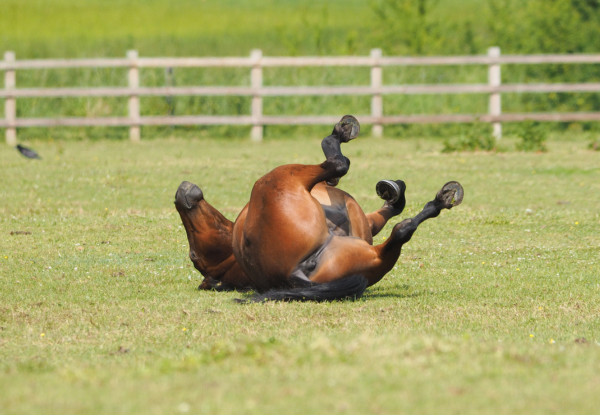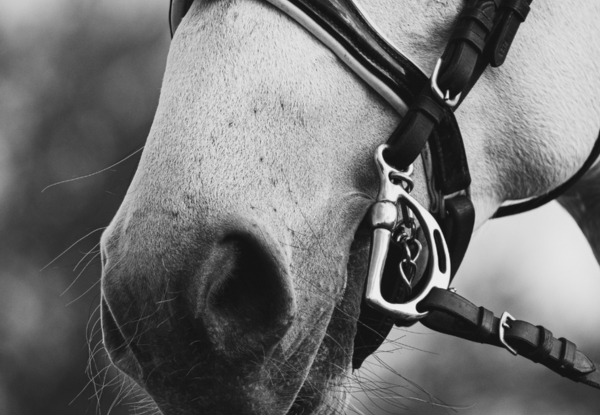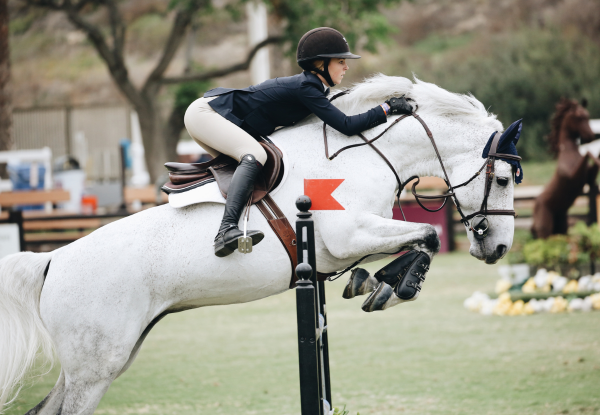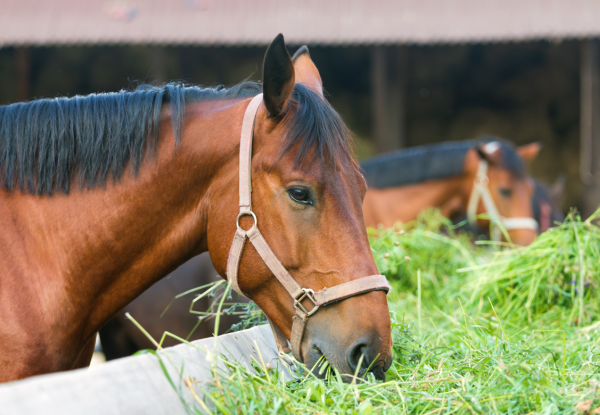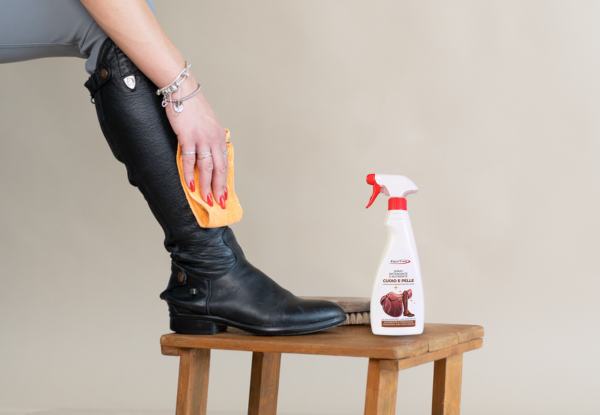Do you really know how horses sleep? It's not just a fun fact: knowing it helps improve their well-being. A...
Horse Facts
Discover a surprising world of horse habits, emotions, and secrets
This section of the blog is all about horses and their world.
When you get closer to the equestrian world, you see amazing behaviors, emotional bonds, and special physical traits. These make horses one of the most interesting animals to know and respect.
Horses sleep standing up (but not always)
One of the most interesting facts is about their sleep.
Horses can sleep while standing because of the stay apparatus — a group of tendons and ligaments that helps them stay up without using their muscles too much.
This skill comes from nature, to help them escape quickly if there is danger.
But to reach REM sleep — the deep and restful sleep — they need to lie down. They do this for short times, in safe places or when they feel protected in the herd.
A clear body language
Rotating ears, a swishing tail or a tense body are not just small things. They are a real language that shows emotions, fear, and mood.
Understanding this language helps to avoid problems, to improve the bond with the horse, and to manage better in the stable and during competitions.
This section of the blog is all about horses and their world.
Horses cannot vomit: that’s why feeding is so important
Another surprising fact is that horses cannot vomit. Their body is not made to do that.
This makes them very sensitive to stomach problems, so their food must always be balanced and checked often.
Each horse is unique: like a fingerprint
Have you ever noticed that each horse’s coat pattern is different? Every horse has a special coat design, like a fingerprint.
Also the whorls — the hair spirals — are unique for every horse, just like the eye color and spots.
Emotional bonds between horses: feelings under the coat
It’s common to see horses who build strong friendships.
When they are separated, they can show signs of stress, from sadness to anxiety.
This shows how emotional they are, and why an ethological approach is important in daily care.
Why these facts matter
Knowing these things is not just interesting — it’s important.
It helps to avoid mistakes, improve the rider-horse bond, and take care of the horse in every situation.
Behind every horse there is a world: made of silence, small feelings, and ancient behaviors.
Knowing these curiosities makes us not only better riders, but also more respectful and aware human beings toward these noble and special animals.
-
 How do horses sleep: do they sleep standing up or lying down?Read more
How do horses sleep: do they sleep standing up or lying down?Read moreDo you really know how horses sleep? It's not just a fun fact: knowing it helps improve their well-being. A fascinating look into science, myths, and everyday stable care.
-
 Hippotherapy: extraordinary benefits of therapy with horsesRead more
Hippotherapy: extraordinary benefits of therapy with horsesRead moreHippotherapy is an innovative therapy that uses the power of the horse to promote physical, cognitive, and emotional well-being. Discover why more and more people choose this unique rehabilitation path.
.png)
.png)
